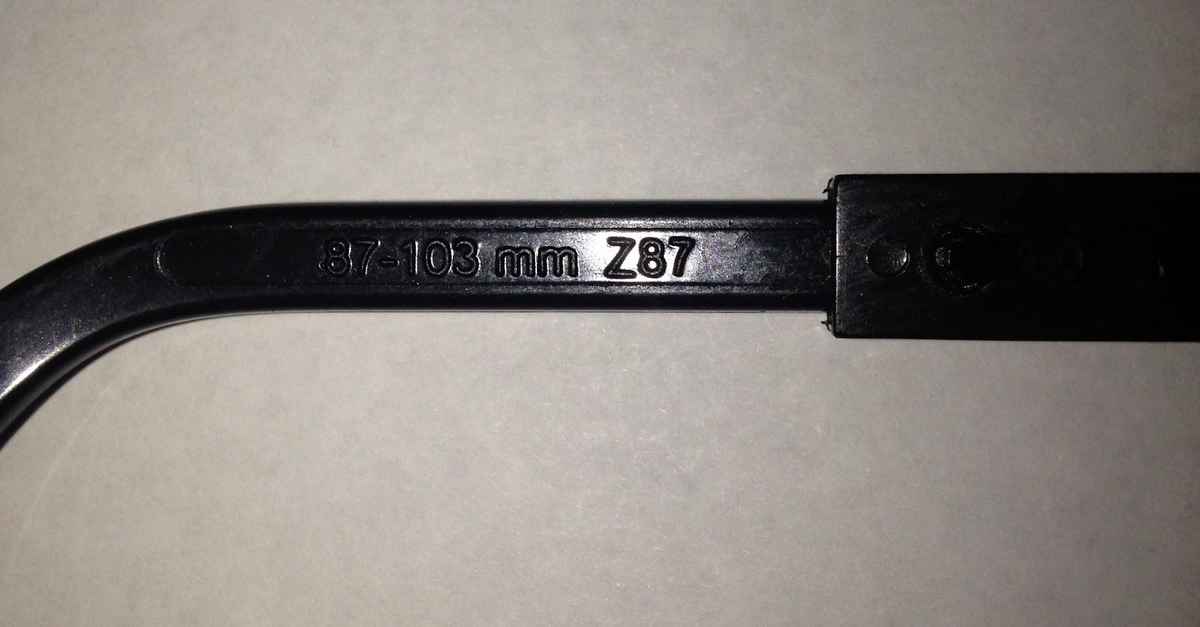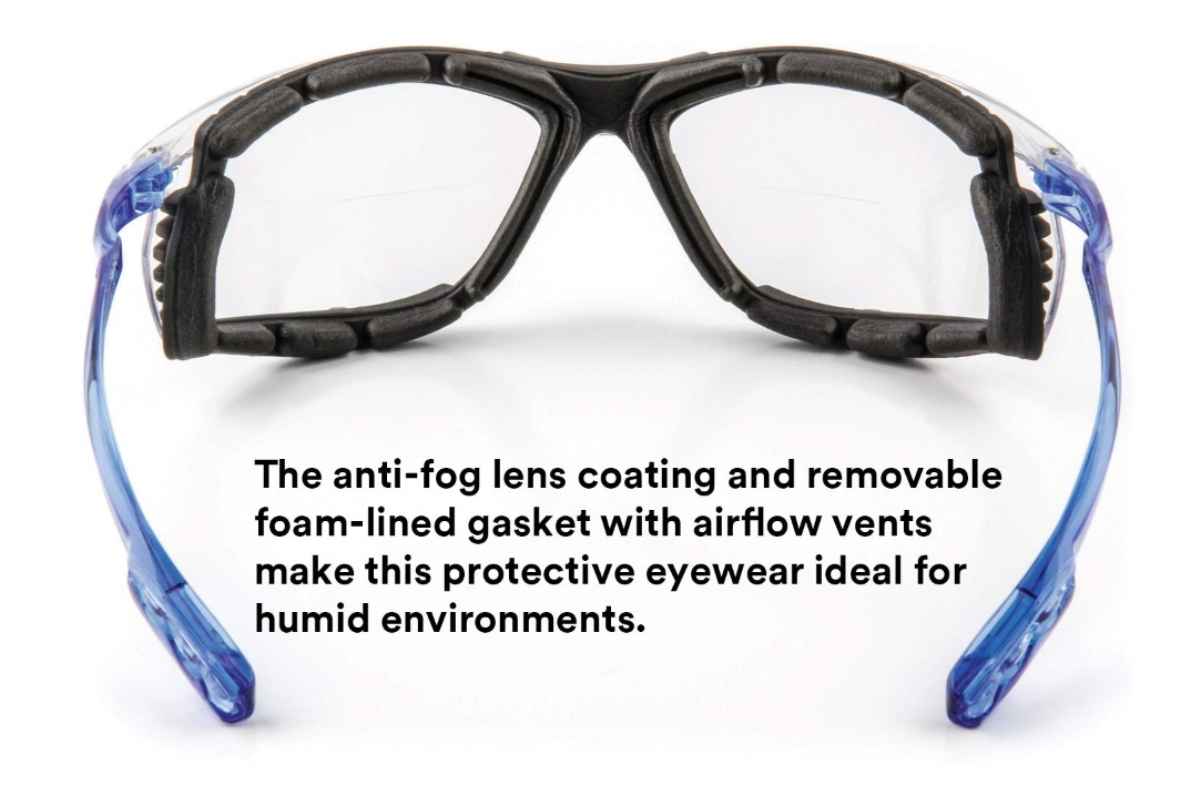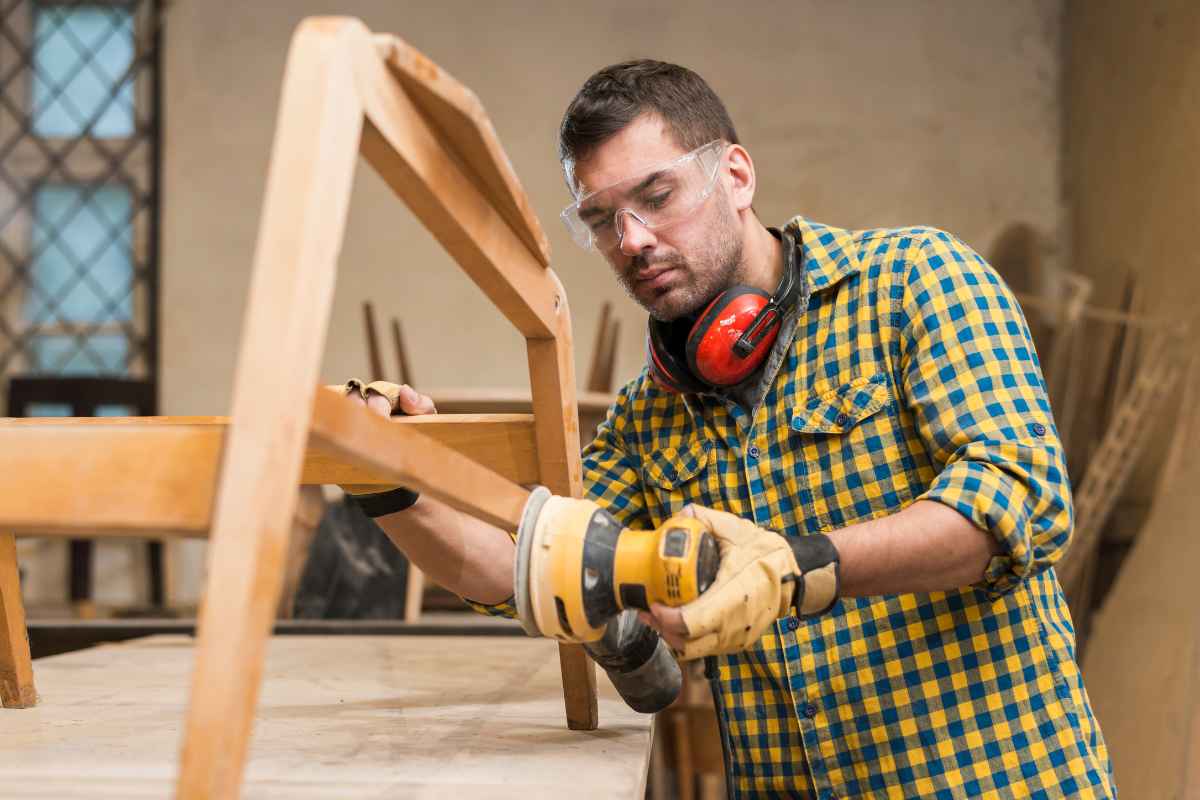What Makes a Pair of Safety Glasses OSHA Approved?
Safety glasses are a crucial component of personal protective equipment (PPE) in any workplace where hazards abound.
But not all safety glasses are created equal.
To be considered “OSHA-approved,” they must meet a strict set of criteria to ensure maximum worker protection.
So, what makes a pair of safety glasses OSHA-approved? Let’s explore the factors determining whether your eyewear is up to par.
What is OSHA and why does it matter?
Regarding workplace safety, the Occupational Safety and Health Administration (OSHA) sets the standard for what is required to protect workers from hazards.
OSHA 1910.133 is the specific regulation outlining the workplace’s eye and face protection requirements.
According to OSHA 1910.133, employers are responsible for ensuring that their employees use appropriate eye and face protection when exposed to hazards such as flying objects, chemical splashes, and radiation.
The regulation also specifies the criteria that safety glasses must meet to be considered OSHA compliant, such as providing adequate coverage, being made of durable materials, and having lenses that are resistant to impact and other hazards.
Safety glasses can demonstrate compliance with OSHA 1910.133 through certification by the American National Standards Institute (ANSI).
A private, nonprofit organization, ANSI develops and publishes standards for various products, including safety glasses. ANSI Z87.1 is the eye and face protection standard referenced in OSHA 1910.133.
To be ANSI Z87.1 certified, safety glasses must undergo rigorous testing to meet specific performance requirements.
These requirements include impact resistance, optical quality, and resistance to various hazards such as chemical exposure and heat.
When safety glasses carry an ANSI Z87.1 certification, they have been independently tested and meet or exceed the standard’s requirements.
This can be helpful for employers looking to ensure compliance with OSHA regulations.
How can I tell if my safety glasses are OSHA-approved?
Ensuring that you are wearing OSHA-approved safety glasses is crucial for eye and face protection from hazards in the workplace.
But how can you tell if your safety glasses meet OSHA’s standards? Here’s how to know if your eyewear is compliant:
1. Check for markings
OSHA requires all compliant safety glasses to have specific markings on the lenses or frames.
Look for markings such as “Z87” or “Z87+.” This indicates the glasses meet the ANSI Z87.1 eye and face protection standard.
Also, some manufacturers may include their markings to show compliance with additional standards or regulations.
2. Check with your employer
Your employer should be able to provide information about the specific safety glasses required for your job duties.
OSHA requires that employers provide and maintain the appropriate PPE for their employees, so they are responsible for ensuring you are using compliant safety glasses.
3. Other indications
While not definitive, there are a few other signs that can suggest your safety glasses are OSHA-compliant.
For example, glasses explicitly marketed for industrial use or meeting specific industry standards (such as those used in welding or chemical handling) are more likely to meet OSHA requirements.
Here are a few examples of safety glasses that are OSHA-approved:
- 3M Virtua CCS
- Pyramex Fortress
- Honeywell Uvex Stealth
- Bolle Safety Rush+
How can I choose the right pair of OSHA-approved safety glasses?
You must consider key factors when selecting the right pair of OSHA-approved safety glasses.
1. Consideration of workplace hazards
The first step in selecting the correct safety glasses is to assess the hazards present in your workplace.
Are you at risk of flying debris or projectiles?
Do you work with chemicals or radiation?
Identifying these hazards will help you choose appropriate glasses for your specific risks.
2. Evaluate your personal needs
Besides considering workplace hazards, evaluating your needs is essential when selecting safety glasses.
Do you wear prescription glasses or require a specific lens tint?
Do you need glasses with anti-fog or scratch-resistant coatings?
By identifying these needs, you can choose glasses that will provide the best protection while meeting your requirements.
3. Make sure they fit you properly
Even the best safety glasses only provide adequate protection if they fit correctly.
When selecting glasses, try them on and ensure they offer a comfortable, secure fit.
Too loose or tight, and glasses can shift or fall off during work, leaving your eyes and face vulnerable to hazards.
4. Consider material and other features
Polycarbonate is often used in safety glasses as it is lightweight, impact-resistant, and provides excellent optical clarity.
Also, many safety glasses now have UV protection to block harmful UV rays.
Even blue-light safety glasses are available for those who work with screens or electronics for extended periods.
Remember, selecting the right glasses is essential for protecting your eyes and face from hazards in the workplace, so take the time to make an informed decision.
OSHA-approved safety glasses are crucial for your safety in the workplace
Wearing OSHA-approved safety glasses protects your eyes and face from workplace hazards.
By meeting specific requirements for coverage, durability, and lens quality, these glasses can help prevent injuries.
When selecting safety glasses, look for markings that indicate compliance with OSHA 1910.133 and ANSI Z87.1 standards, and consider workplace hazards, personal needs, and proper fit.

Written by:
Phoebe Jade














